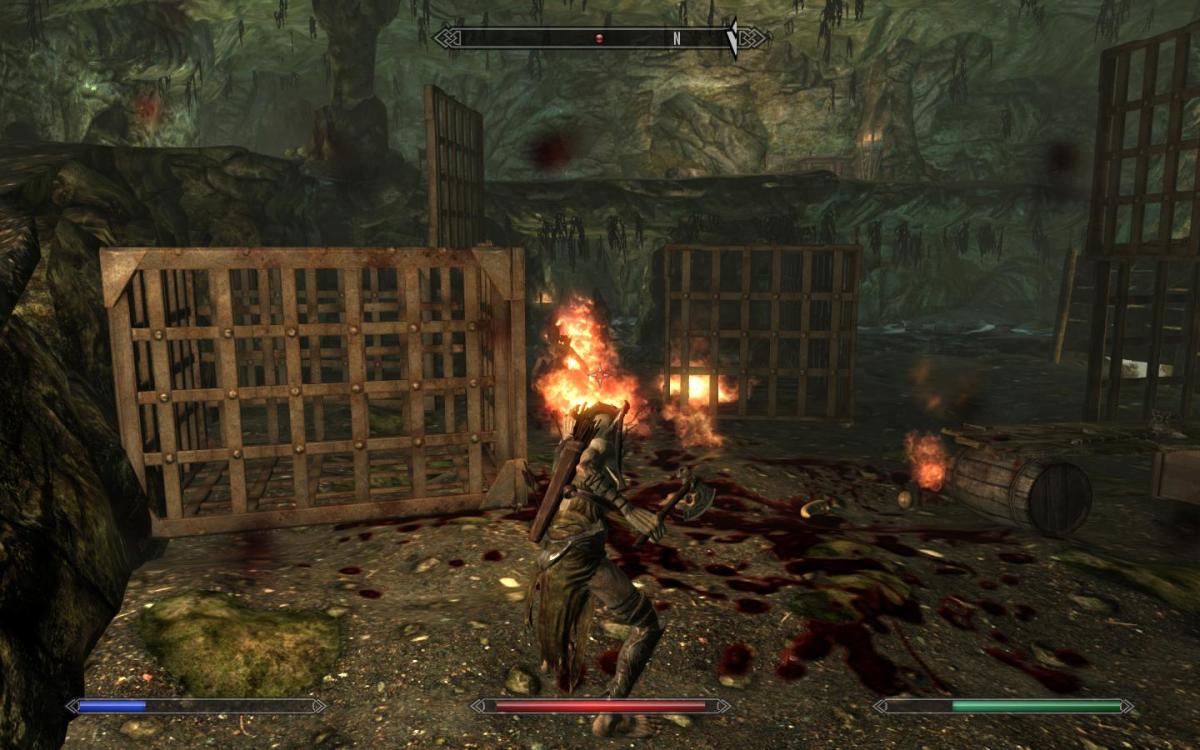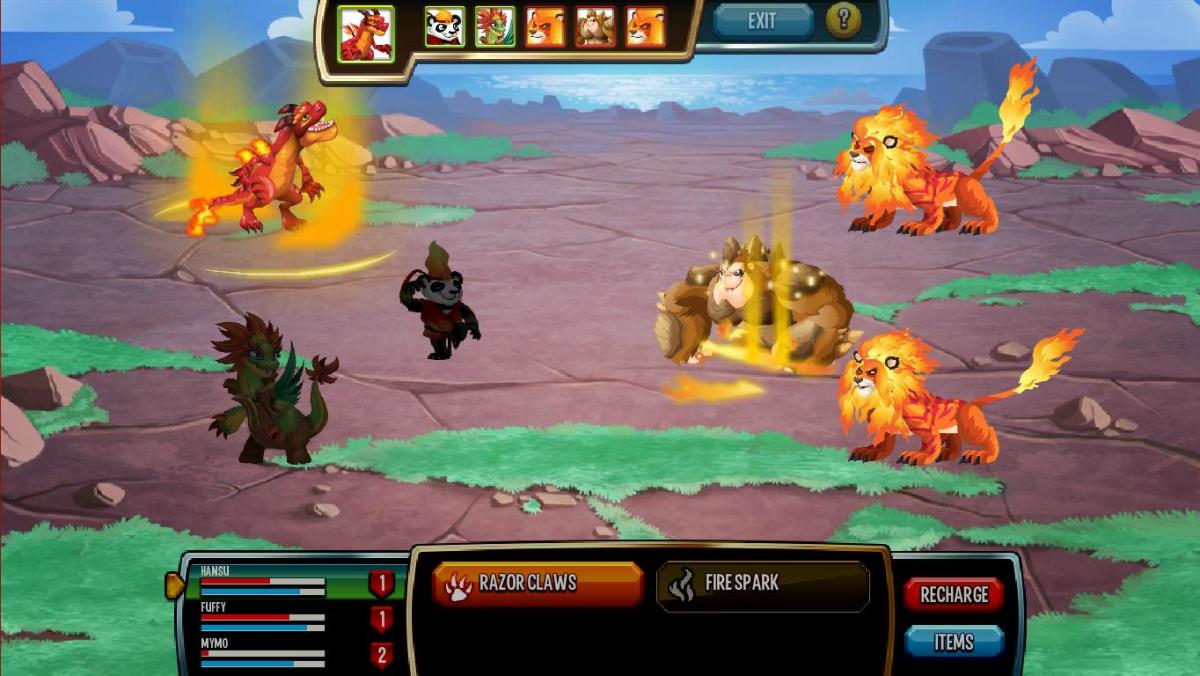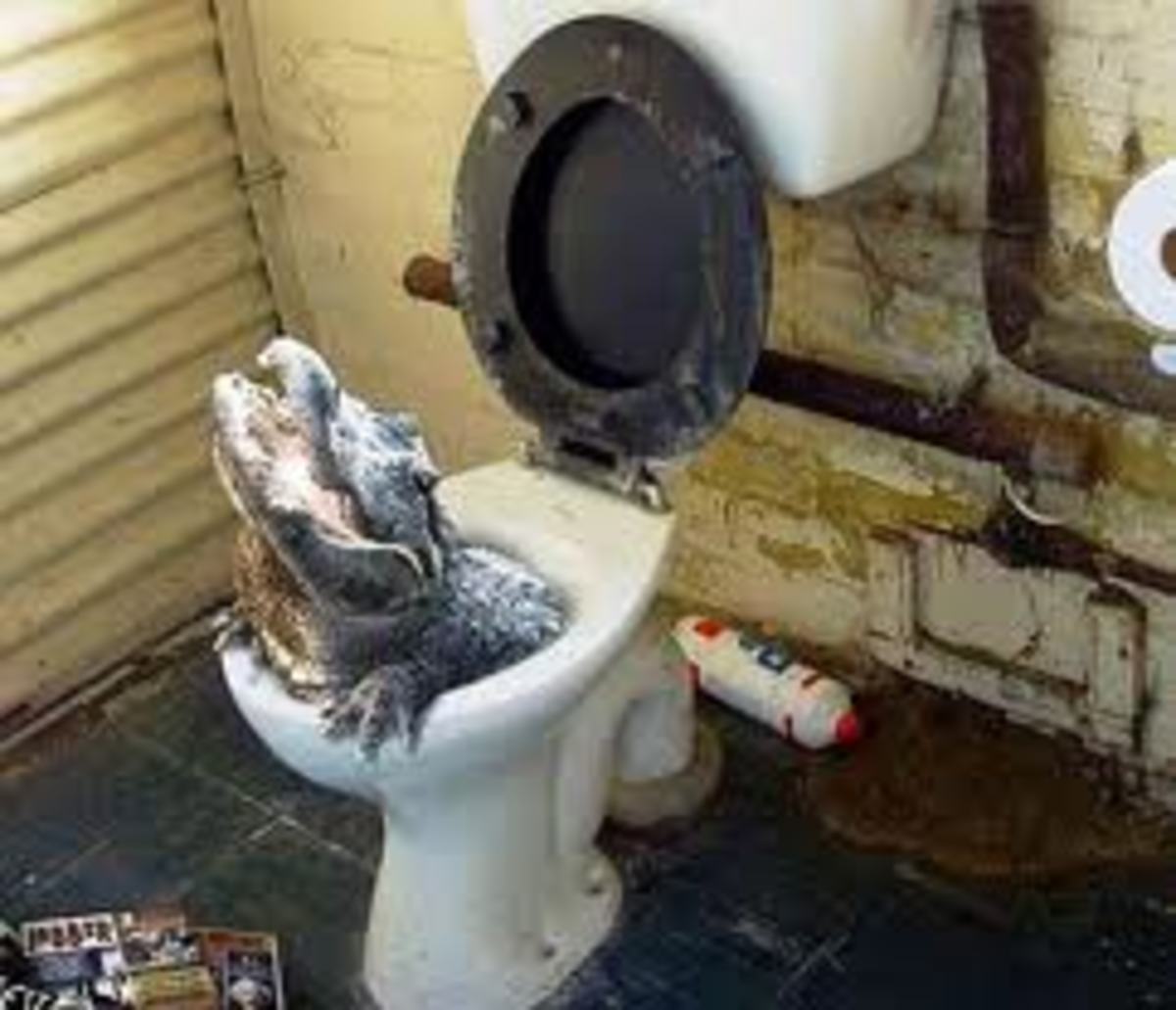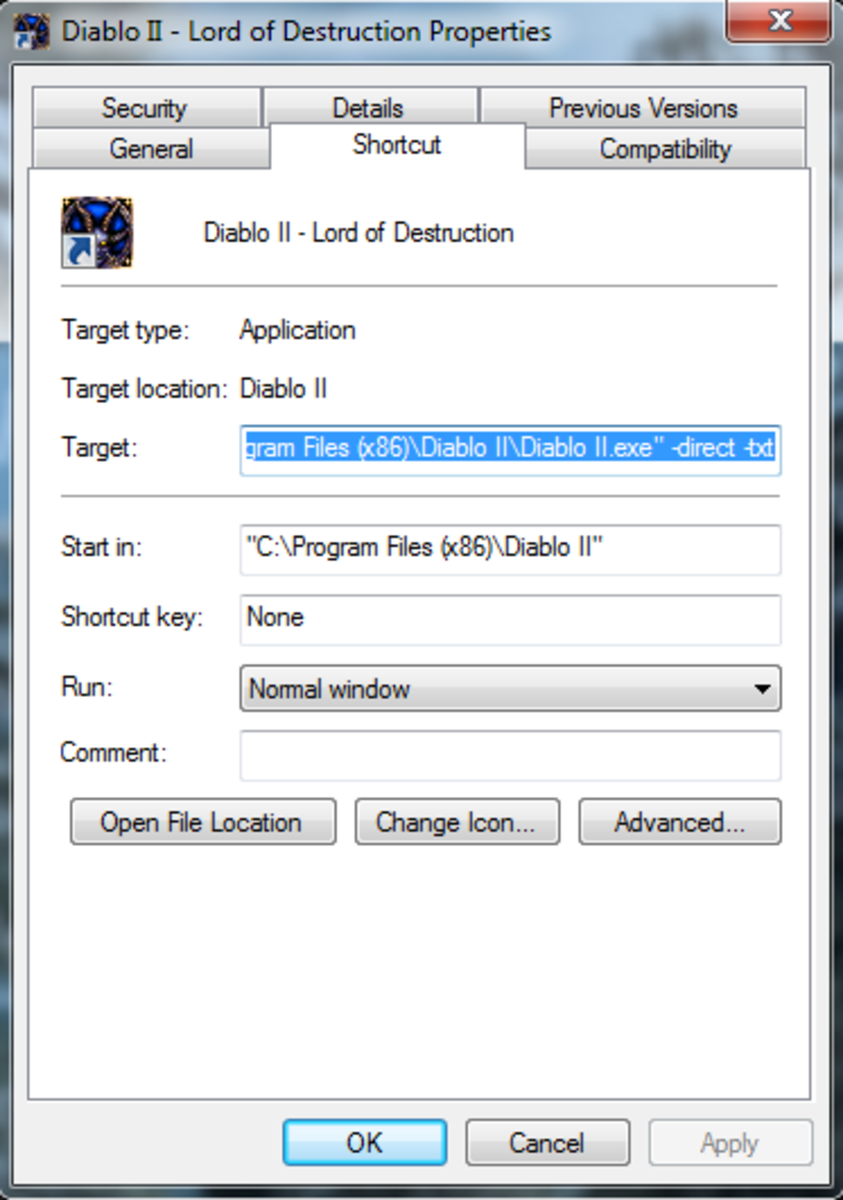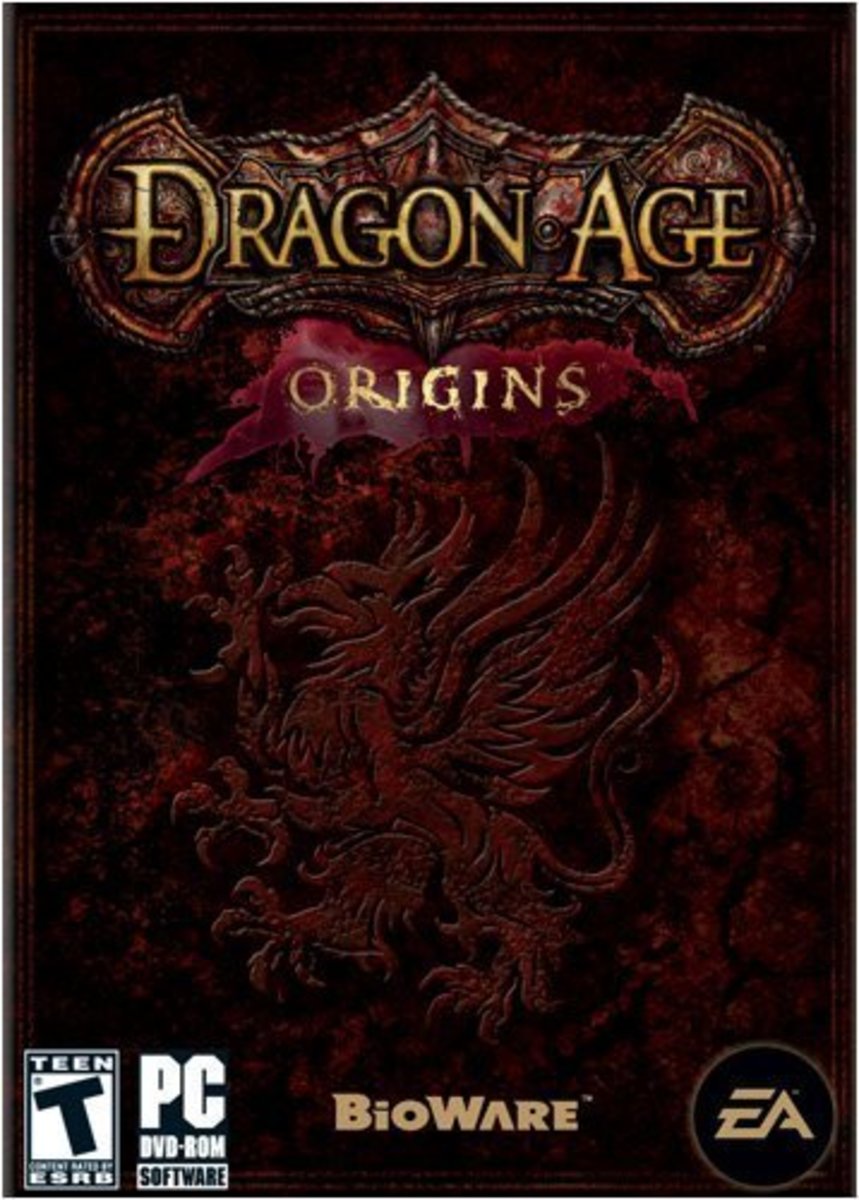How to Convert D&D 3rd Edition to 4th Edition
If you're a D&D player like me you built up a large collection of third edition books only to see fourth edition come out and revise everything. Fourth edition D&D ups the ante on almost everything from base statistics to power of magical items and what they do. Many of the favorite monsters and magic have been brought over from third to fourth edition but this guide will give you some ideas on how to convert anything else you might want. This article assumes you're already familiar with the basics of both third and fourth edition Dungeons and Dragons.
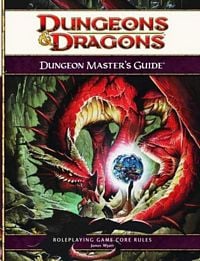
What Doesn't Change?
Although statistics and formulas changed with editions, what didn't change is the fundamentals of role-playing and world creation. Personality traits and world features are exactly the same as they were in other editions of D&D.
Other things such as the dimensions of squares on a map have tacitly changed. The diagrams look the same in both editions but one square in 3rd edition was equal to 10 feet, where in fourth edition it's just a square (roughly equal to 6 feet). You don't actually have to do anything differently to use maps from third edition in fourth.
Races and monsters and their tendencies and appearances have mostly remained the same and certainly no one in your party will become confused if your elves have green skin versus a normal human color. Racial stats and abilities however need to be updated to the new rules. We'll talk about that later.
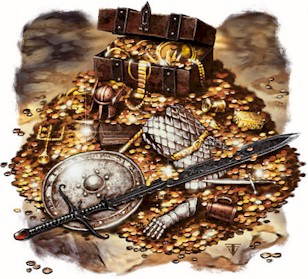
Equipment and Items
There are two kinds of items and equipment: magical and non-magical items. For non-magical items conversion is simple as they are essentially the same. You can even use the same gold cost as in third edition. Most common non-magical items are listed in the new Player's Guide or DM's guide.
Magical items require some conversion. First you should convert the cost of the item to fourth edition. Take the caster level of the 3rd edition item and find the value of a magical item of that level in the Player's Handbook. This will be the new cost of the item.
Then you have a more abstract decision to make. In third edition most of the magical items have one purpose: +1 magic armor gives you +1 to AC for example. The most powerful magic items might give you a limited at-will ability or hold charges to another spell. In fourth edition, magic items have been significantly buffed. For example, this item from the 1st-3rd level dungeon Keep on the Shadowfell:
+1 dwarven chainmail: +1 to armor class, no penalty to movement speed, also grantsthe wearer low-light vision. If the wearer is a dwarf, add +2 to perception checks to detect stonework details and secret passages.
As you can see, magic items do significantly more at lower levels in fourth edition. Consider combining properties of more than one third edition magic item into a new one or adding ancillary abilities or conditional abilities based on alignment, race, level etc.
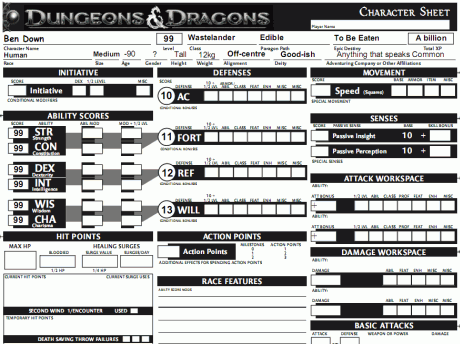
Stats and Scores
Fourth edition D&D uses the same basic stats as 3rd edition: Strength, Dexterity, Constitution, Intelligence, Wisdom and Charisma. However, the emphasis on which stats are key for each class have slightly changed. Look at your class in 4th edition and if necessary, I recommend switching your scores to reflect the appropriate key stat. Of course, if you want to have a very charismatic warrior that perhaps isn't so strong, you can still role-play that!
The way saves and attack bonuses are calculated have changed. Once you have addressed your key stats, simply carry any bonuses over to the correct boxes on the character sheet. Gone is the base attack bonus - everyone starts with a 10 and gets bonuses based on their weapons and abilities, not their key stat modifier. Skill scores work essentially the same - but the list of skills is much diminished. Spot and search, for example, have been combined into a single "Perception" check. Additionally, the list of class skills has been revised for all classes as well as the number of points available per level. I'd suggest first seeing what skills are available to your class and combining current points where appropriate. Then compare your total point usage to what would be expected at your level based on the point scale in 4th edition. Adjust up or down (most likely down) as necessary.
The Hardest Part: Abilities
Abilities have completely changed in 4th edition, as combat mechanics are totally different. You will rarely use your base attack - in fact, probably only for attacks of opportunity. Instead, each class gets "At-will", "Encounter" and "Daily" abilities to use in combat.
There is no easy way to get around this conversion. You will simply have to discard all your class abilities from 3rd ed and adopt the 4th edition ones. Follow the 4th edition chart to see how many powers of each kind you are allowed at your level and select the ones you want.
Feats do have many parallels to 3rd edition and many share the same name. Pre-requisites for some feats have changed but at your DM's discretion, you many logically be able to keep your existing feats. Make sure that their effects still make sense with the attack abilities you have selected. In many cases the 4th ed core feats allow you to do more things, so it is recommended that you use their text rather than 3rd edition. For feats from 3rd ed supplements, you may want to keep using them in their original intent as many of those feats don't exist yet in the 4th edition universe.

Monsters
Monsters and creatures are significantly stronger in the combat-oriented 4th edition. All your favorite villains are represented in the 4th edition Monster Manual. For those, you can simply use the new version. However you might have certain creatures from 3rd edition in mind that aren't in 4th edition yet.
The first thing to do is to increase the amount of hit points your creature has. Next, increase the creature's attack bonus. Finally, increase its bonus damage. How much should you increase these by? A good rule of thumb is divide the number of PCs in your party in half, round down and then add that much. For example, if you have a party of 5, you would add 2 full hit dice (on a d8 creature, that would be 16 hit points), +2 attack bonus and +2 bonus damage. The biggest difference in 4th ed creatures is their toughness and the larger amount of damage they deal, so this should give you a nice boost to make them competitive with your PCs.
The other big difference is that 4th ed utilizes many 'minions', or large groups of weak creatures with only 1 hit point but immunity to "half damage" or "damage even on miss" effects. A missed attack never damages a minion! Although the individual creatures are weak, they take effort by the PCs to remove, which frees up the larger and stronger creatures to get some jabs in at your PCs. Large groups of minions can be very challenging. If you find your 3rd ed creatures aren't competitive in 4th ed. consider using them as minions in large groups.
4th Edition vs. 3rd Edition
D&D has the reputation of being played by nerds and that was partly due to the moderate amount of math and statistical analysis in the game. Fourth edition's goal seems to be partly to simplify that and allow for simpler, faster combat sequences and more satisfying kill counts. As I previously mentioned, many encounters consist of many minions with a few stronger creatures. This allows you to have a lot of dead bodies on the ground at the end, which is great for hack and slash oriented groups. For those parties less interested in comparing battle scars, 4th edition has a specific skill-based encounter system that allows the party to complete a skill challenge by rolling skill checks towards a goal and making several in a row. As before, the Dungeon Master should determine what will most please their party; usually it is a balance between the two.
Is fourth edition better than third? I think that depends on your perspective. For parties thirsting for the kill, fourth edition gives you more powerful abilities and more enemies. If that's not the case, you might find fourth edition's emphasis on combat to be disappointing. Certainly the pre-made dungeons for fourth edition are very focused on constant combat encounters with a decent backstory thrown in, but not particularly essential or demanding on the PCs. If you try fourth edition and find it to be too combat-oriented, I recommend checking out the non-Wizards d20 product Pathfinder . It is very similar to 3.5 edition D&D but with some rules revisions to clarify issues from 3rd ed. Happy gaming!

